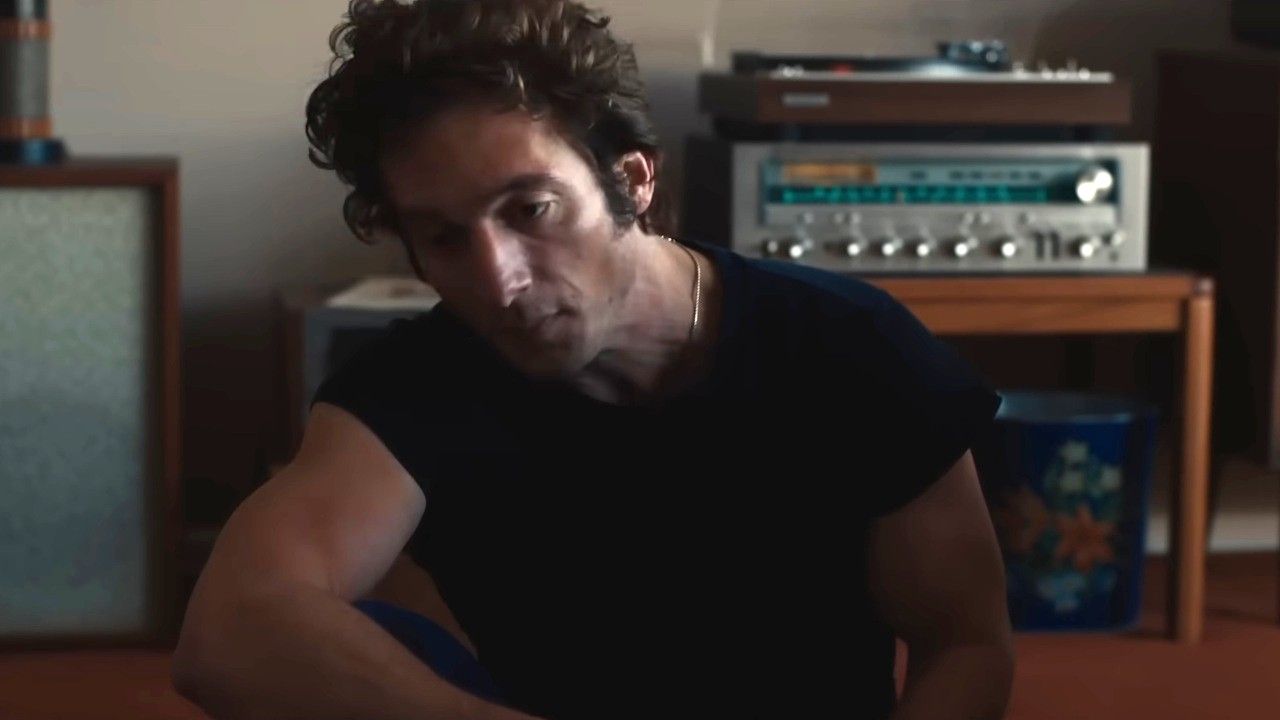Copyright metro

Not all projects will boost your home’s value (Picture: Getty Images) Home improvements are often considered a straightforward path to increasing market value, but not all renovations deliver a positive return on investment. Some trendy design elements can actually alienate potential buyers, lead to expensive corrections, and ultimately diminish a property’s resale price. As tastes and market demands continually evolve, ensuring that upgrades appeal to a broad audience is crucial to preserving or enhancing your home’s value. James Newman, interior designer from luxury property firm Raffle House, has shared three popular design fads that homeowners should avoid if they want to boost their property’s market value. Quirky wallpaper Wallpaper has made a major comeback, especially via social media channels like TikTok, where #wallpaperdecor has amassed millions of views.Bold patterns, vibrant colours, and eclectic designs have been embraced by many as a form of self-expression within interiors. Nevertheless, James Newman advises caution. @claireakennedy My favourite thing to source 😍 #wallpaper #colourfulhome #colourfulinteriors #renovationproject ♬ Lady Love – Thee Sacred Souls Why? Because wallpaper’s appeal is intensely subjective. While it offers dramatic character, bold or unconventional patterns tend to polarise potential purchasers, the majority of whom prefer neutral, adaptable wall finishes that allow them to envision their personal style in the space.In addition, the process of removing intricate or richly patterned wallpaper can be time-consuming, messy, and expensive. Studies show that sellers often do not recoup these expenses, as buyers may discount a property’s price to account for anticipated renovation works.Instead of wallpaper, opt for neutral paints or subtle textured finishes that enhance architectural features without overwhelming the room. This creates a blank canvas attractive to a wider audience, increasing marketability. Media walls The media wall — an integrated installation featuring a large flat-screen TV recess, LED accent lighting, and often a built-in electric or gas fireplace — has surged in popularity, with many users sharing their designs on Instagram and TikTok. @ourdreamhome15 Media Wall Reveal 🤍☁️🫶🏼✨ #foryou ♬ Love Language – SZA At first glance, it epitomises modern luxury living, but Newman highlights significant drawbacks.These walls are highly customised to the homeowner’s specific technology setup, often designed around oversized televisions that are likely to be taken when the owner moves. This leaves new buyers with a customised cavity requiring rewiring or modification to accommodate their own tech gear.Buyers favour versatile rooms that can easily adapt to changing technology or lifestyle needs rather than spaces locked into fixed, bespoke configurations. Properties with flexible layouts typically enjoy stronger buyer interest and higher valuations. Timber cladding Natural wood features have long been valued for imparting warmth and texture within interiors. @insideabbeyroad I always knew I wanted to give DIY a go, I just wish I didn’t end up loving creating something that costs a small fortune😅 Used the B&Q panelling packs to create these styles, and even though it probably works out cheaper to purchase the MDF and cut to size, they are the easiest things to install. There’s not a wall in the house that I don’t want panelled now🫣 #wallpanelling #wallpanellingideas #panelling #panellinginspo #panellingdiy #diypanelling #diypanellingproject #shakerstyle #shiplap #shiplapwall #diyproject #diyprojects #creatorsearchinsights ♬ snooze sped up – astrycuh However, the recent trend of applying thin slat timber cladding or extensive wood panelling has elicited mixed reactions from property professionals. While tasteful timber accents can enhance character, excessive or overly stylised panelling often appears cheap or overly personal, alienating a wide swathe of potential buyers who may prefer traditional painted walls or subtle feature detailing.Plus, the process of removing timber panelling invariably involves replastering and refinishing walls, which represents an added expense that can dissuade buyers. Such removal is frequently factored into negotiation, depressing sale prices. Other popular interior trends to avoid If you’re thinking about selling your home soon, there are several other renovation projects you may want to reconsider: Bold colours and unconventional décor: While striking palettes and eclectic furnishings might delight the current owner, they tend to restrict the buyer pool, as many seek neutral schemes easier to personalise. DIY renovations without permits: Unauthorised or poorly executed renovations can create legal hurdles, decrease buyer confidence, and result in costly remediation. Structural changes: Alterations that compromise structural integrity or require expensive fixes can significantly lower marketability. Overestimated upgrades: Additions like basement conversions, swimming pools, attic bedrooms, new windows, or solar panels can fail to resonate with buyers or diverge from neighbourhood expectations, resulting in questionable financial benefits. By steering clear of fleeting interior fads like quirky wallpaper, media walls and timber panelling, homeowners can sidestep financial pitfalls and ensure their investment translates into meaningful value appreciation and stronger market positioning. Do you have a story to share? Get in touch by emailing MetroLifestyleTeam@Metro.co.uk.



